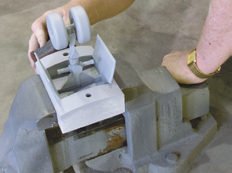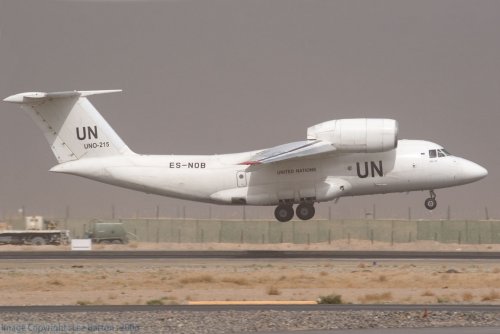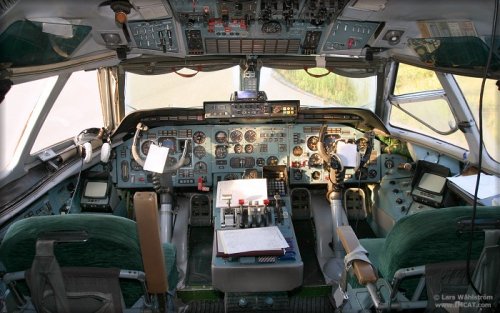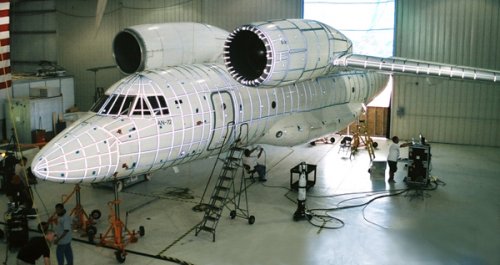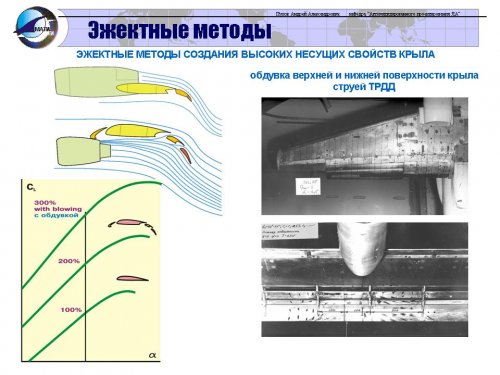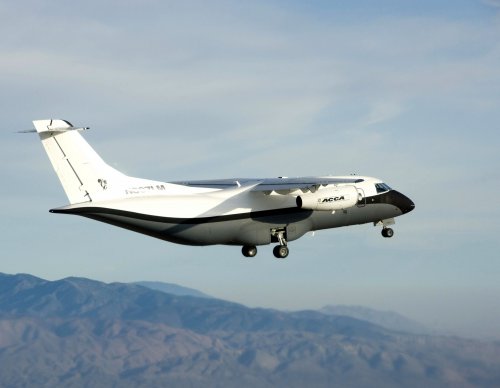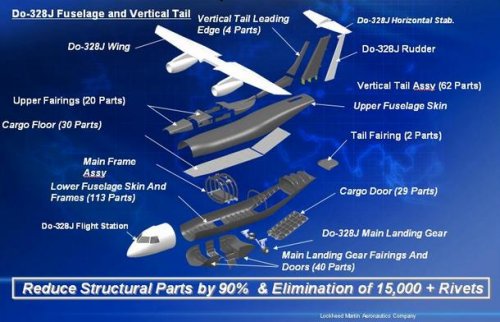Greysleuth
ACCESS: Restricted
- Joined
- 9 July 2007
- Messages
- 5
- Reaction score
- 1
Got this today from someone in the air cargo business
What do we know about Aurora Flight Sciences?
Your comment, suggestions and observations much appreciated.
Thanks for your input so far.
Be lucky
David
Hi there,
I can't tell you much.
The An-32 (ER-AWK) belonged to Valan, Moldova. Skylink of Canada had an
interest in the company, and it was Skylink who brought it to USA in 2002 as
N6505. By March of this year it was back in Moldova as ER-AWK again and we
tried to lease it for a contract in Sudan. At the very last minute they sold
the aircraft from under our noses and walked away from our deal. I was
mightily pissed off !
As for the An-72/74, I don't know which one that might have been. None have
adopted an N-reg, as far as I know, but several have been across the pond
for various experimental projects. There was one required by Aurora Flight
Sciences for a few weeks in Manassas, Virginia in May of this year, and we
offered them an Enimex example. No idea what they wanted it for. They
delayed in replying for a week or so, and then did the deal with Enimex
direct, cutting me out ! I was mightily pissed off again!
I'm afraid I don't know of any pilots who could explain about single-engine
handling. The things certainly fly on one, and the point of putting the two
engines close together is to improve control if you lose one.
Sorry, that's all I know.
Cheers
Dick
What do we know about Aurora Flight Sciences?
Your comment, suggestions and observations much appreciated.
Thanks for your input so far.
Be lucky
David


